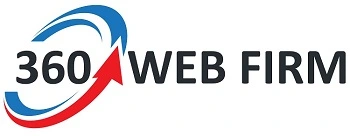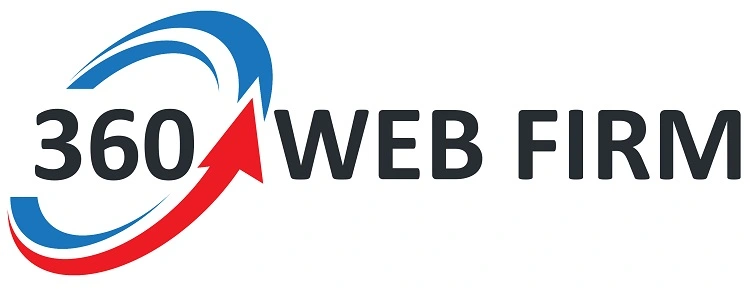5 Effective Ways to Improve the Speed of Your WordPress Website
Having a fast-loading website is crucial for user experience and search engine optimization. Slow websites not only frustrate visitors, but they also tend to rank lower in search engine results. If you have a WordPress website and are looking to improve its speed, here are five effective ways to do so:
1. Optimize Images
Images are often the main culprits behind slow-loading websites. To optimize your images, start by resizing them to the appropriate dimensions for your website. You can use image editing software or online tools for this purpose. Additionally, compress your images without compromising quality. There are various plugins available for WordPress that can automatically optimize your images upon upload.
2. Use a Caching Plugin
Caching plugins are a great way to improve the speed of your WordPress website. These plugins create a static version of your website and serve it to visitors, reducing the load on your server. Popular caching plugins like WP Rocket and W3 Total Cache offer features like browser caching, minification of CSS and JavaScript files, and content delivery network (CDN) integration.
3. Minify CSS and JavaScript Files
Minifying CSS and JavaScript files involves removing unnecessary characters like spaces, line breaks, and comments from the code. This reduces the file size and improves loading times. There are plugins available, such as Autoptimize and Fast Velocity Minify, that can handle this task automatically. However, it’s important to test your website after minifying to ensure that everything is functioning correctly.
4. Optimize Your Database
WordPress websites rely on databases to store and retrieve content. Over time, these databases can become cluttered with unnecessary data, which can slow down your website. To optimize your database, you can use plugins like WP-Optimize or WP-Sweep. These plugins can clean up your database by removing spam comments, post revisions, and other unnecessary data, leading to improved website performance.
5. Choose a Fast and Reliable Hosting Provider
Your choice of hosting provider can have a significant impact on the speed of your WordPress website. Shared hosting plans, although affordable, can result in slower loading times due to the shared resources. Consider upgrading to a managed WordPress hosting provider or a virtual private server (VPS) for better performance. Look for providers that offer SSD storage, server-level caching, and a content delivery network (CDN) for optimal speed.
In conclusion, improving the speed of your WordPress website is essential for providing a better user experience and increasing your website’s visibility in search engine results. By optimizing images, using caching plugins, minifying CSS and JavaScript files, optimizing your database, and choosing a fast and reliable hosting provider, you can significantly enhance the speed and performance of your WordPress website.



